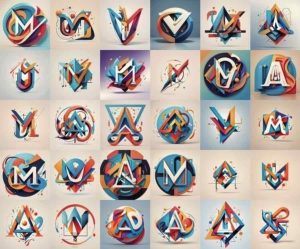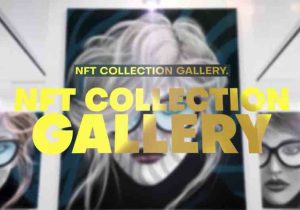Wols – The Journey and Evolution of an Avant-Garde Artist
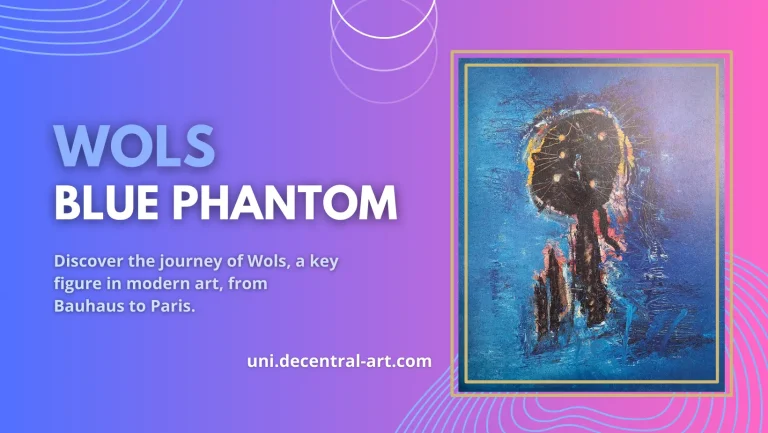
The Artist’s Early Years
Wols, born Alfred Otto Wolfgang Schulze, was a German painter and photographer whose works played a significant role in the development of Tachisme and Art Informel. His early artistic education began at Bauhaus, a revolutionary art school in Germany, where he studied from 1932 to 1933. During this period, Wols was exposed to the avant-garde movements of the time, including Expressionism and Surrealism.
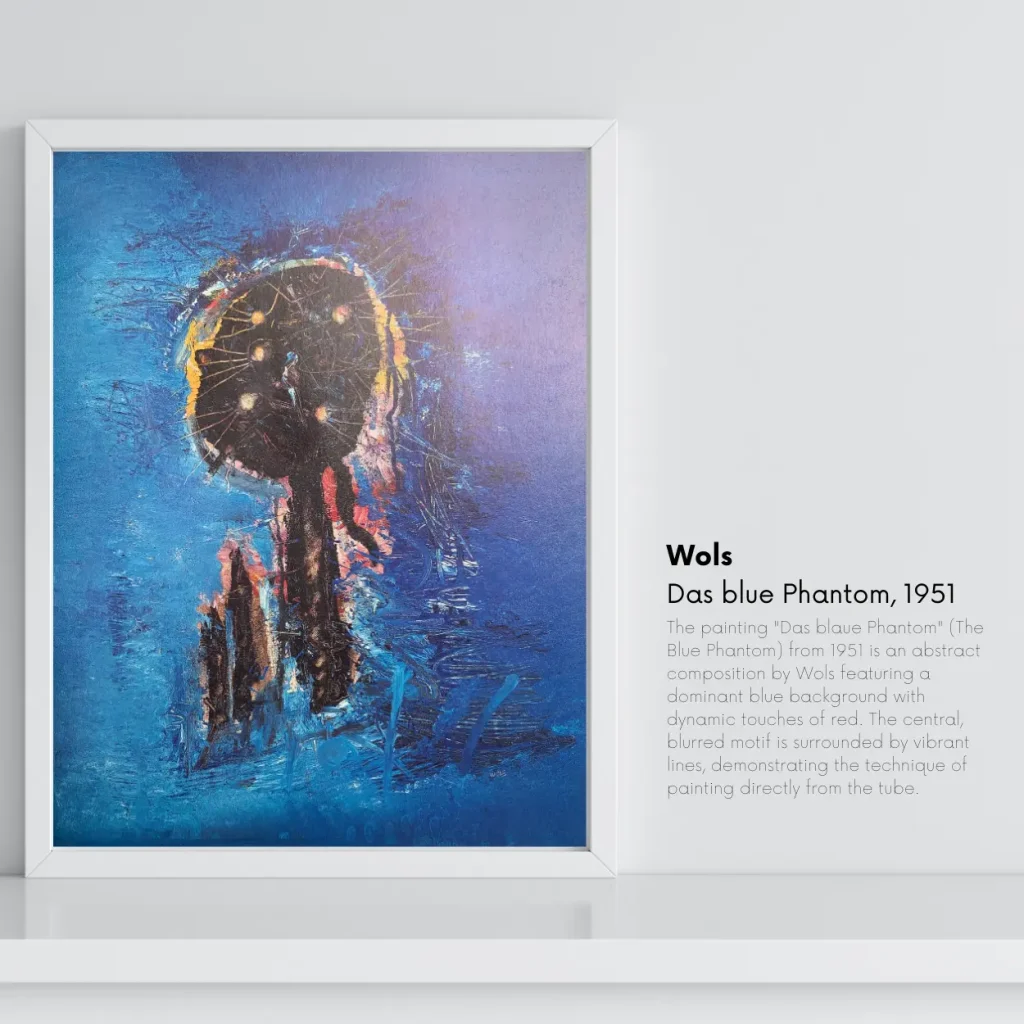
Bauhaus Influence and Move to Paris
The Bauhaus school was a hub for modernist ideas and techniques, and it had a profound influence on Wols’ early development as an artist. After his time at Bauhaus, Wols moved to Paris, where he was immersed in the vibrant art scene and encountered surrealism. This period was crucial for his artistic growth, as he began to develop a unique style that blended various influences.
Spanish Sojourn and Focus on Photography
From 1932 to 1935, Wols spent significant time in Spain, where he primarily worked as a photographer. His experiences during these years enriched his artistic vocabulary and introduced him to new forms of visual expression. Despite the political turmoil in Spain, Wols continued to create and refine his style.
Life and Struggles in France
After leaving Spain, Wols relocated to France. The years that followed were marked by struggle and hardship, especially during and after World War II. From 1945, Wols lived in Paris under extremely difficult conditions, often in poverty. However, these hardships did not deter his artistic pursuits. Instead, they fueled a creative metamorphosis that would define his later works.
Artistic Evolution and Influence
Early Works
Wols’ early works were deeply influenced by Expressionism, Surrealism, and the teachings of Paul Klee, one of his mentors at Bauhaus. His initial paintings were predominantly gouaches and watercolors, featuring light and pastel colors like pink and light blue. These pieces often depicted biological forms and fantastical landscapes, characterized by schematic and delicate drawings.
Transition to Tachisme
By 1946, Wols’ style underwent a significant transformation. He began to experiment with more intense lines and spots, leading to the breakdown of traditional forms. His works started to exhibit a more abstract and freeform approach, with anamorphic blots and jittery lines becoming central elements of his compositions. This period marked Wols’ transition into Tachisme, a precursor to Abstract Expressionism.
Description of Wols’ Painting “Das blaue Phantom, 1951”
Overview
The painting “Das blaue Phantom” (The Blue Phantom) from 1951 is one of Wols’ seminal works. It is an abstract composition that showcases his mature style, characterized by a dominant blue background and dynamic touches of red.
Composition and Technique
The central motif of “Das blaue Phantom” is a blurred, almost ghostly form, surrounded by vibrant and energetic lines. This motif is a hallmark of Wols’ later style, demonstrating his technique of painting directly from the tube. The use of intense blue creates a sense of depth and mystery, while the red accents add dynamism and contrast.
The painting exemplifies Wols’ mastery of line and color, and his ability to convey emotion and movement through abstract forms. The jittery, thin lines that surround the central form seem to pulsate with life, creating a vivid and almost otherworldly presence on the canvas.
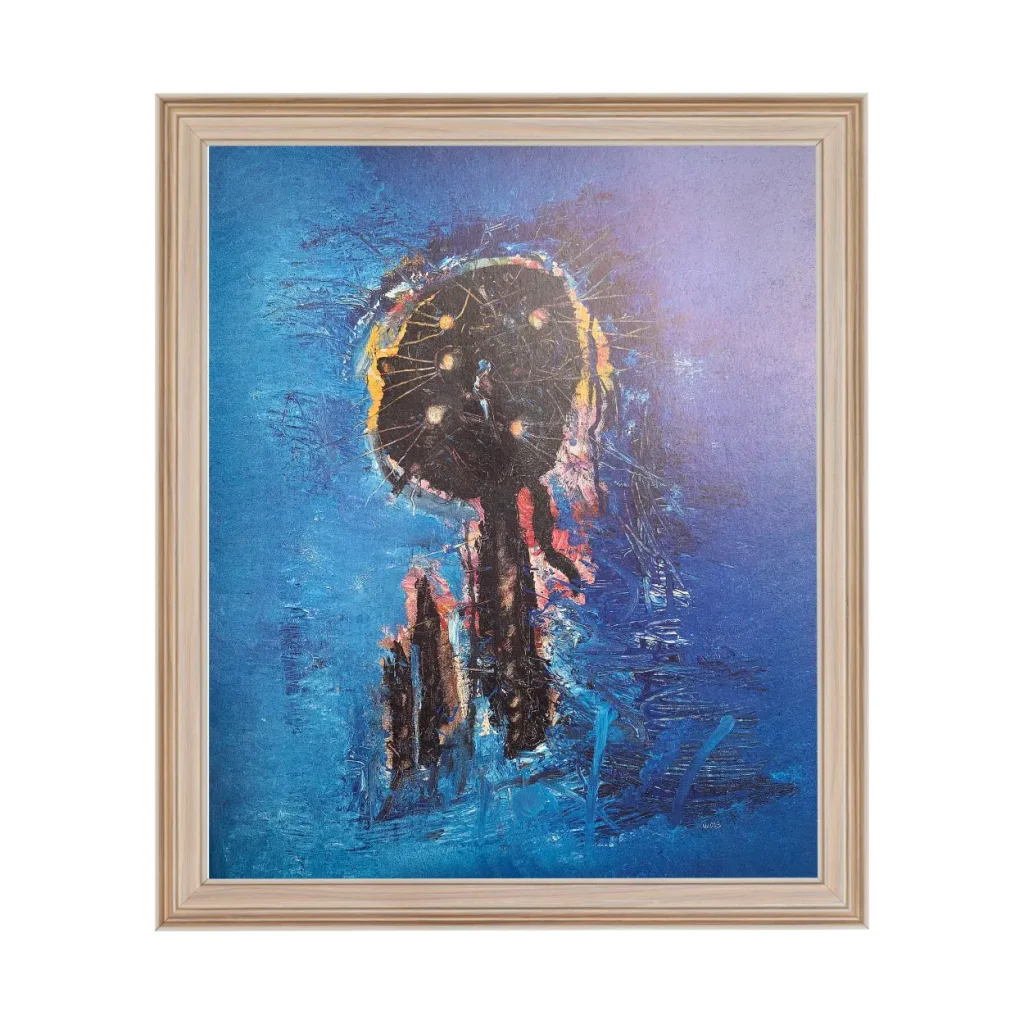
Legacy and Impact
Wols’ contributions to modern art cannot be overstated. His innovative techniques and unique vision paved the way for future movements in abstract art, including Abstract Expressionism. Despite his relatively short life, Wols left an indelible mark on the art world, influencing countless artists and redefining the boundaries of visual expression.
In conclusion, Wols’ journey from Bauhaus to Paris, his struggles and artistic evolution, and his groundbreaking works like “Das blaue Phantom” highlight his importance as a pioneer of modern art. His legacy continues to inspire and challenge artists and art lovers alike, reminding us of the power of creativity in the face of adversity.

